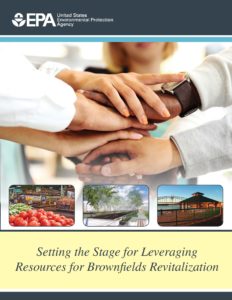Temporary wells have become increasingly common as part of site investigations and Phase II environmental site assessments. Although temporary wells can be useful tools, they have limitations in their use. It is critical that temporary wells are properly installed to ensure the integrity of the results and that they are adequately protected to avoid becoming a conduit for contaminant migration.
Installation of temporary wells requires prior approval from the department, as described in s. NR 141.29, Wis. Adm. Code. In addition, compliance with Ch. NR 141 is required for all wells installed for the purposes of Ch. 292, Wis. Stats. This means all monitoring wells installed for site investigations and Phase II reports submitted to the department must meet the NR 141 requirements, which includes prior department approval for temporary wells.
To avoid incurring additional costs and unneeded project delays, refer to the DNR guidance on the appropriateness and limitations of temporary wells, publication RR-647, “Fact Sheet of Frequently Asked Questions about Temporary Wells“.

